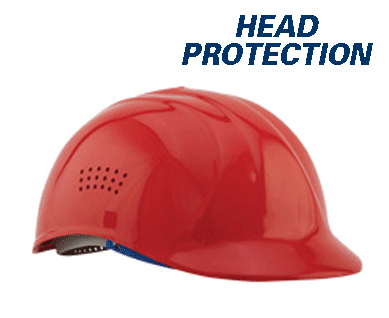Autism Acceptance Month 2024: Neurodivergence in the workplace

It's amazing how quickly April comes around each year when you're AuDHD and have a fleeting grasp on time, but here it is, April again, and time for Autism Acceptance Month . Something I'm quite passionate about since being diagnosed, is making work a less stressful place for those of us who are neurodivergent. I do this through being open about my diagnosis and by giving presentations to help others understand what neurodivergence is. April is a great time to do this and my employer, Envato , actively encourages creating a more inclusive workplace. Yesterday I ran a presentation at work to a large group of folks who were interested in finding out what neurodiversity is, the impacts, and how we can help make the workplace a safer and more inclusive space. The presentation is freely available in my Google Drive if anyone wants to download it and adapt for their own use. How does an AuDHD person, ak...



